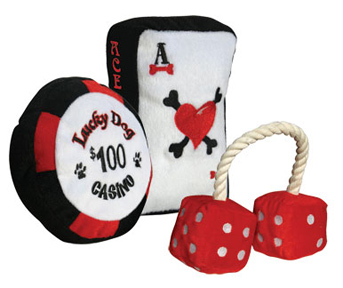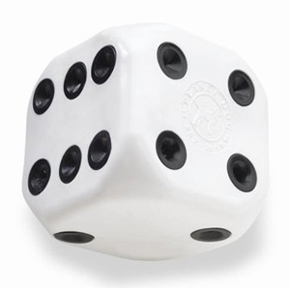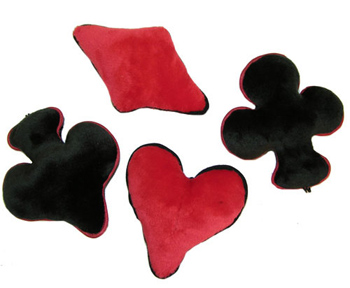 Visits to the dog park are rife with ethical dilemmas. On the surface, a trip to the off-leash park may seem like a carefree outing, but for me it can be a maze of ethical choices. A Philosophy degree may only make the choices more obvious, it doesn’t provide me easy answers.
Visits to the dog park are rife with ethical dilemmas. On the surface, a trip to the off-leash park may seem like a carefree outing, but for me it can be a maze of ethical choices. A Philosophy degree may only make the choices more obvious, it doesn’t provide me easy answers.
Some of the questions are small—Do I pick up other peoples’ dog poop? When do I pick up their poop? Only when I’m picking up my dog’s poop? How long do I spend picking other peoples’ dog poop up? And do I really have to spend this much time thinking about poop? Sometimes the questions are big—Do I say something when I see someone being too harsh with their dog? When do I say something? What do I say?
Most trips to the park are uneventful and are purely enjoyable, but but every now and then I have to say something or, in some cases, yell something. I live in a community populated with a lot of people who would never consider telling another dog owner it wasn’t okay for them to hit their own dog. Picture the people of Garrison Keillor’s Lake Wobegon—not real big on confrontation. I’m not shy about confrontation when it comes to animals. (My family will probably laugh at that understatement.) So I’m usually the one who steps up and doesn’t look the other way. Sometimes more gracefully than other times. So, yes I do say something when someone is being too harsh with their dog.
When do I say something? In thinking about it, I find I’m pretty consistent. If someone strikes their dog, I say something. If someone jerks the dog’s collar, I watch. If that dog’s front feet leave the ground for a second, I say something. If they drag their dog, I say something. If they scream, intimidate, “alpha” roll and pin the dog to the ground for more than a couple of heart beats, I say something. But it’s a balancing act. I have to keep Saffron safe. A dog being terrorized by its human is not safe for other dogs to be near. Often that dog will lash out at other dogs because it feels so vulnerable. And sometimes the dog being “disciplined” gets bullied by other dogs agitated by it’s anxiety. I usually have a small window to communicate so I have to make it count.
So what do I say? (Or yell?) I start with “Hey!!! That’s not okay!” Short, simple, and loud. Sometimes the problem is people are at a loss as to what to do or they’re just doing what someone on TV said to do. Turns out they don’t think it’s okay to treat their dog that way either. In these cases, I’ve gone on to suggest an alternative training method, to giving the name of a training facility that uses non-aversive methods like clicker training, to suggesting training equipment that does not cause pain.
If the person argues—they think it’s okay to lift their dog off the ground by its collar or it’s okay to hit them, how else will they teach them—I try to point out the dangers. They could damage their dog’s trachea, they’re teaching their dog to fear them, their dog is likely to become more reactive rather than less.
Sometimes that gets through to them. But when that isn’t enough to make a dent in their thinking, I call a spade a spade and tell them what they’re doing is considered inhumane or abusive. A few times it was clear it never occurred to the person that what they were doing could be called abusive. Hopefully, they will at least think twice next time before terrorizing their dog.
I don’t think we should be policing each other’s every move and shame is a last resort. But when I’ve got just moments to communicate and hopefully make a change in that dog’s life, I’m going to use it. And I use it loudly. (My husband estimates my yelling range is about 75 feet.) I’m trying to send a message to as many people as I can. Don’t stand by when you see a dog being hurt. Don’t ignore it. Keep yourself and your dog safe, but do something. Even if it’s just bearing witness. If you don’t, who will?
 In Russia, tomorrow is Cosmonautics Day in honor of the first human in space, Yuri Gagarin. This year will be different because Laika the dog and the first living creature to orbit the Earth is being honored with a monument in Russia at the site of the facility where pre-flight preparations were handled.
In Russia, tomorrow is Cosmonautics Day in honor of the first human in space, Yuri Gagarin. This year will be different because Laika the dog and the first living creature to orbit the Earth is being honored with a monument in Russia at the site of the facility where pre-flight preparations were handled. Visits to the dog park are rife with ethical dilemmas. On the surface, a trip to the off-leash park may seem like a carefree outing, but for me it can be a maze of ethical choices. A Philosophy degree may only make the choices more obvious, it doesn’t provide me easy answers.
Visits to the dog park are rife with ethical dilemmas. On the surface, a trip to the off-leash park may seem like a carefree outing, but for me it can be a maze of ethical choices. A Philosophy degree may only make the choices more obvious, it doesn’t provide me easy answers. The makers of the
The makers of the 

